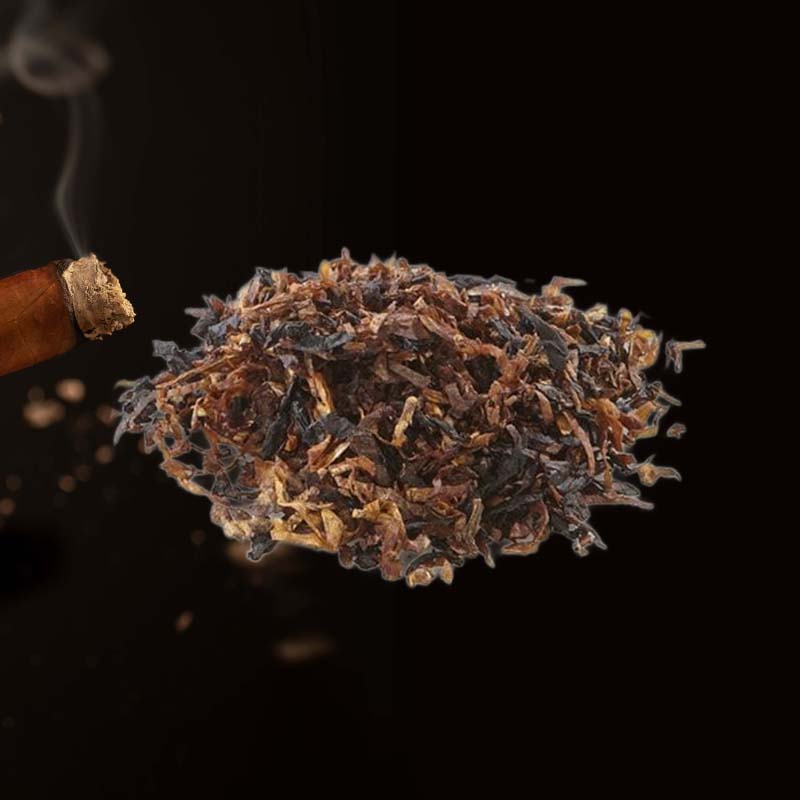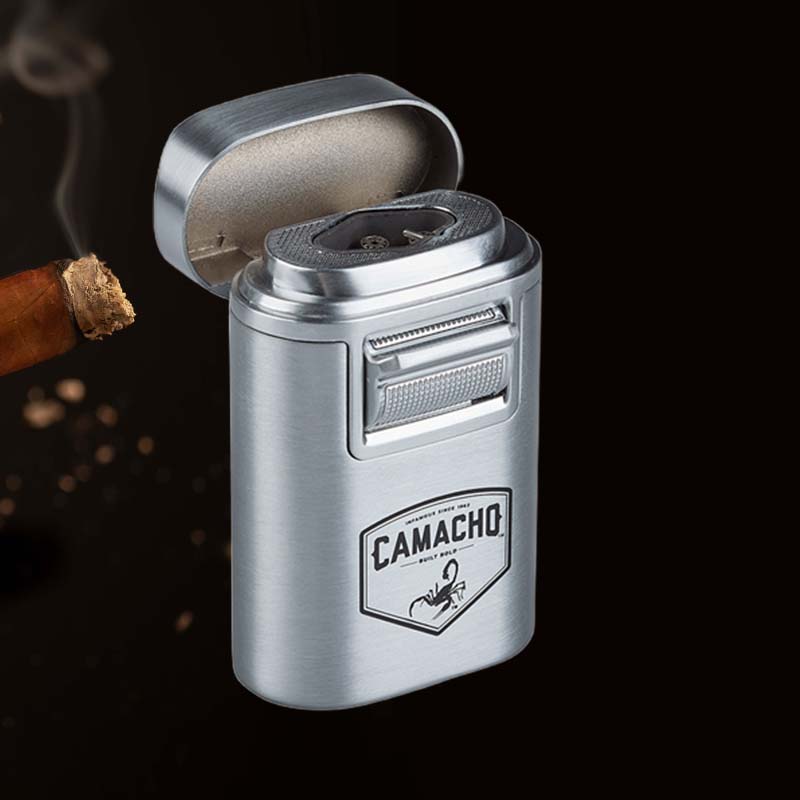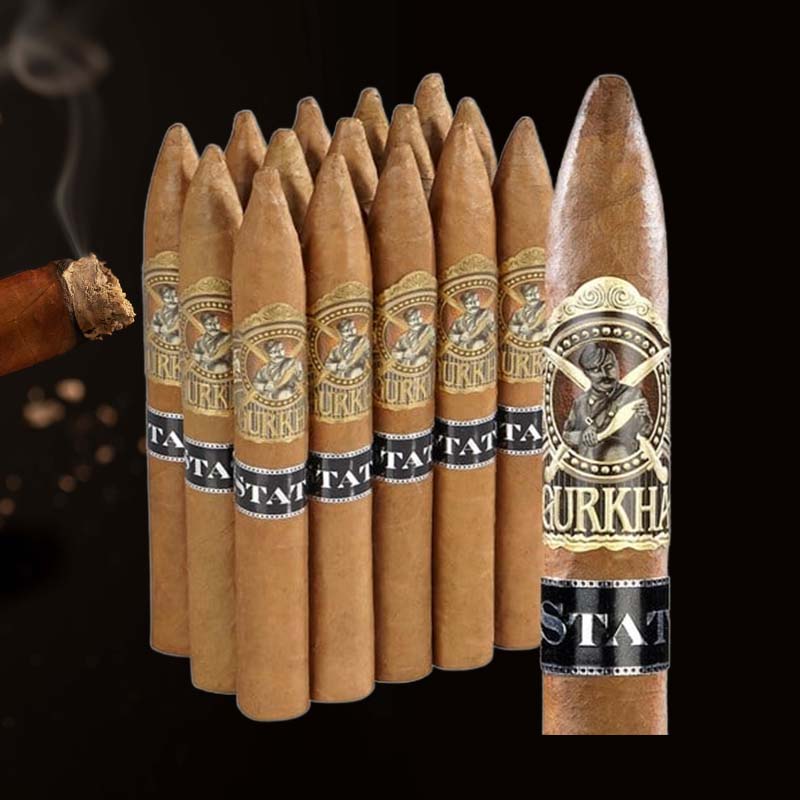Calibrate meat thermometer
Today we talk about Calibrate meat thermometer.
Calibrate Meat Thermometer
As someone deeply passionate about cooking, I¡¯ve learned that the accuracy of my meat thermometer can significantly affect the outcome of my dishes. A study found that 50% of home cooks use a meat thermometer incorrectly, which can lead to undercooked meat and serious foodborne illnesses. Properly calibrating a meat thermometer not only enhances safety but also ensures that my meals are cooked to perfection.
Testing Your Thermometer
How to Test Your Thermometer¡¯s Accuracy
Testing my meat thermometer¡¯s accuracy is crucial. Here’s a practical method I follow:
- **Ice Water Method:** Fill a glass with crushed ice and add cold water. Let it set for about 3 minutes. The thermometer should read 32¡ãF (0¡ãC) if calibrated correctly.
- **Boiling Water Method:** Alternatively, I can boil water, and the thermometer should register 212¡ãF (100¡ãC) at sea level. This gives me confidence in its readings, ensuring I avoid cooking mishaps.
Calibration & Adjustment
When to Recalibrate Your Thermometer
I make it a habit to recalibrate my meat thermometer in the following instances:
- **After Dropping:** The thermometer may get misaligned.
- **Post Long Storage:** If left unused, calibrations can drift over time.
- **After checking food temperatures regularly:** A study showed that thermometers can lose accuracy after multiple uses without recalibration, leading to incorrect readings.
Methods of Calibration
Boiling Point Method
The boiling point method is a straightforward calibration technique I often use. At sea level, water boils at 212¡ãF (100¡ãC), but this may vary with altitude. For every 500 feet above sea level, water boils about 1¡ãF lower, so I adjust accordingly if I¡¯m cooking in the mountains.
Freezing Point Method
Employing the freezing point method is just as effective. I prepare a mixture of ice and water; my thermometer should display 32¡ãF (0¡ãC). This method is particularly helpful in confirming that my thermometer functions properly before significant cooking sessions.
Step-by-Step Calibration Process
Dial Thermometers Calibration
When I have a dial thermometer, here¡¯s the calibration process I perform:
- I place the thermometer in boiling water or ice water.
- Next, I adjust the calibration nut on the back until it matches 212¡ãF or 32¡ãF, ensuring a precise read.
Digital Thermometers Calibration
For digital thermometers, the process is slightly different. I usually:
- Insert it into ice water or boiling water.
- If necessary, I use the reset button or settings on the device to calibrate to the correct temperature readings.
Common Issues with Thermometers
What to Do if Your Thermometer is Wrong
If my thermometer shows incorrect readings, I first perform a quick calibration check using the methods discussed. If it consistently reads inaccurately, it might be time for a replacement. Interestingly, a consumer report showed that about 80% of meat thermometer failures are due to improper care.
Importance of Calibration
Why Do I Need to Calibrate My Thermometer?
Calibration is essential; a study indicated that improperly cooked meats can result in foodborne illnesses for over 48 million Americans annually. By calibrating my thermometer, I minimize risks and ensure precise cooking, particularly with poultry, which must reach an internal temperature of 165¡ãF (74¡ãC) to be safe.
Frequency of Calibration
When Should I Check My Thermometer?
In my culinary routine, I find it valuable to check my meat thermometer’s calibration every few months or before high-stakes cooking occasions like Thanksgiving. Additionally, if I suspect any discrepancies during use, I do a quick test immediately.
Tips for Maintaining Thermometer Accuracy
Dos and Don¡¯ts When Using a Meat Thermometer
Here are some dos and don¡¯ts that I follow religiously:
- **Do:** Insert the probe into the thickest section of the meat without touching the bone.
- **Don¡¯t:** Leave the thermometer in the oven while the dish is cooking; it can give false readings due to extreme heat exposure.
- **Do:** Clean the thermometer with warm soapy water after each use to avoid cross-contamination.
- **Don¡¯t:** Expose it to extreme temperatures when not in use as this can cause calibration shifts.
Uses for Your Food Thermometer
What Temperatures to Know
Knowing critical temperature guidelines is essential for me. Here are the temperatures I keep in mind:
- **Poultry (Chicken & Turkey):** Cook to at least 165¡ãF (74¡ãC).
- **Beef, Pork, Lamb:** Aim for an internal temperature of 145¡ãF (63¡ãC) with a 3-minute rest time.
- **Ground Meats (like hamburgers):** I cook these to 160¡ãF (71¡ãC) to ensure safety.
- **Fish:** The target is a minimum of 145¡ãF (63¡ãC).
Resources for Further Learning
Additional Articles on Thermometer Calibration
If you’re eager to learn more about meat thermometer calibration, I suggest exploring resources provided by the USDA or culinary schools dedicated to food safety.
FAQ
How do you calibrate your meat thermometer?
To calibrate my meat thermometer, I use either the boiling point method (212¡ãF) or the freezing point method (32¡ãF), adjusting it accordingly to ensure accurate temperature readings.
How to get an accurate meat thermometer reading?
To achieve accurate readings with my meat thermometer, I make sure to insert it into the thickest part of the meat, away from bone or fat.
Why is my digital meat thermometer not accurate?
If my digital meat thermometer is not accurate, it could be due to weak batteries or the need for recalibration after extended use.
How do you fix an inaccurate thermometer?
To fix an inaccurate thermometer, I recalibrate it using the boiling or freezing point methods, or I may need to replace the batteries for digital versions.
















